Proper system design provides maximum life
and quickest ROI on your pumping system
Selecting Your Power Source
Pumps are often powered by electric motors, engines, air motors, and hydraulic motors.
Horsepower measures the rate at which work is being done from these power sources. Horsepower requirements vary from pump to pump based on flow and pressure requirements.
Cat Pumps literature references electric brake horsepower unless otherwise indicated.
Electric motors are defined by several specifications, including voltage, amperage, rpm, phase (single or three), cycle (50 or 60 Hz), insulation class, motor type including TEFC, open drip, hazardous, sanitary wash-down, explosion-proof, severe duty, premium efficiency (IEEC). Below is a formula for calculating electric brake horsepower.
Electric Brake Horsepower and Torque Formulas:
- gpm (gallons/minute) x psi / 1460 = Electric brake horsepower
- Example: 30 gpm x 1200 psi / 1460 = 24.65 Hp (would use a 25 Hp motor)
- Common electric horsepower sizes include 1.0, 1.5, 2.0, 3.0, 5.0, 7.5, 10, 20, 25, 30, 40, and 50 Hp.
We recommend you contact your motor supplier for advice on what products they recommend for your application. This guide will focus on electric motor power pumping applications, which is the most frequently requested.
Gas/Diesel Horsepower
- Based on an electric horsepower calculation, gas and diesel horsepower can be roughly estimated.
- Gas powered = Electric horsepower x 1.4
- Diesel-powered = Use a range from straight-line electric horsepower to electric horsepower x 1.4
- Example: 5 gpm x 2500 psi / 1460 = 8.56 electric horsepower. Using gas to electric factor of 1.4, 8.56 Hp x 1.4 = 11.98 Hp (would use a 13 Hp gas engine)
- Contact the engine supplier to confirm the horsepower requirement.
For proper engine selection, it is recommended to determine the required continuous torque at the desired rpm. Once you know the torque and rpm, consult the engine manufacturer to find an engine that can meet or exceed those requirements. Combustion engines generate different torque levels at various rpm’s, and electric motors generate relatively constant torque.
Drive Selection
Pumps can be directly driven by hollow-shafted drives, bell housing and flexible coupler, gearbox, or hydraulic motor. Air-driven solutions are available but very inefficient. Contact Cat Pumps. Many of our pumps have a double-sided crankshaft configuration. Either side of the shaft can drive the pump while the unused side is covered with a shaft protector.
We recommend the pump operate with a forward rotation. While looking at the end of the crankshaft with the pump manifold to your right, the crankshaft would turn clockwise (forward rotation). The forward direction allows proper internal lubrication of drive components. Pumps can operate in reverse (backward rotation), but the oil level should be increased. Fill the crankcase oil between the dot and the top of the oil gauge window for pumps equipped with a round site gauge. The proper level for pumps equipped with a dipstick is ½” above the normal mark.
Belt driven pumps with pulleys or clutches are the most popular drive method for electric or gas driven systems.
- Either V-belts or toothed (timing) belts can be used
- Belts are inexpensive and simple to install and are available in a wide range of ratios
- V-belts can shed dust into the atmosphere
- Belts need to be checked for adjustment periodically and changed when worn
To determine the pulley combination for your system, read technical bulletin 003. Cat Pump offers clutch options 75 to 100 ft/lbs of torque on the 3CP through 15 frames.
Hollow shaft pumps are driven from the solid shaft on the electric motor or gas engine.
If a pump is run at the same speed as the motor or gas engine, a suitable bell housing and flexible coupler combination can be used to direct drive the pump. This combination uses a flexible urethane spider to transmit power from the motor shaft to pump shaft.
Cat Pumps offer a number of gear box selections primarily focused to pumps used in pressure washing applications.
- An in-line gearbox is compact and needs no adjustment
- Lubricating oil needs to be added then checked and changed periodically
- Gear ratio must be chosen to give correct pump speed
- Most gearboxes are available in a more limited range of ratios than belt drives
Hydraulic drives are a direct drive solution using flexible coupler
Motor speed can also be controlled using variable frequency drives (VFD). Cat Pumps can supply VFD’s on our custom units (Power Units). VFD’s are factory programmed and tested when sold as an accessory to a Power Unit. This is ideal for customers interested in reducing operating costs by prolonging equipment life and using less energy. The device controls current and frequency (Hz) being supplied to the motor which regulates the motor’s rpm. Benefits include:
- Replaces electric motor starter and/or soft start reducing power demands
- Controlled starts and stops reducing mechanical wear compared to a standard motor starter
- Can be operated with a P.I.D. feedback loop using a transducer to govern flow based on a predetermined pressure setting
- Extends life of equipment by operating on demand only (when using a transducer and P.I.D. feedback loop)
- “Sleep-mode” shuts down motor when system is not in use (when using a transducer and P.I.D. feedback loop)
- Available for 50Hz and 60Hz motors
